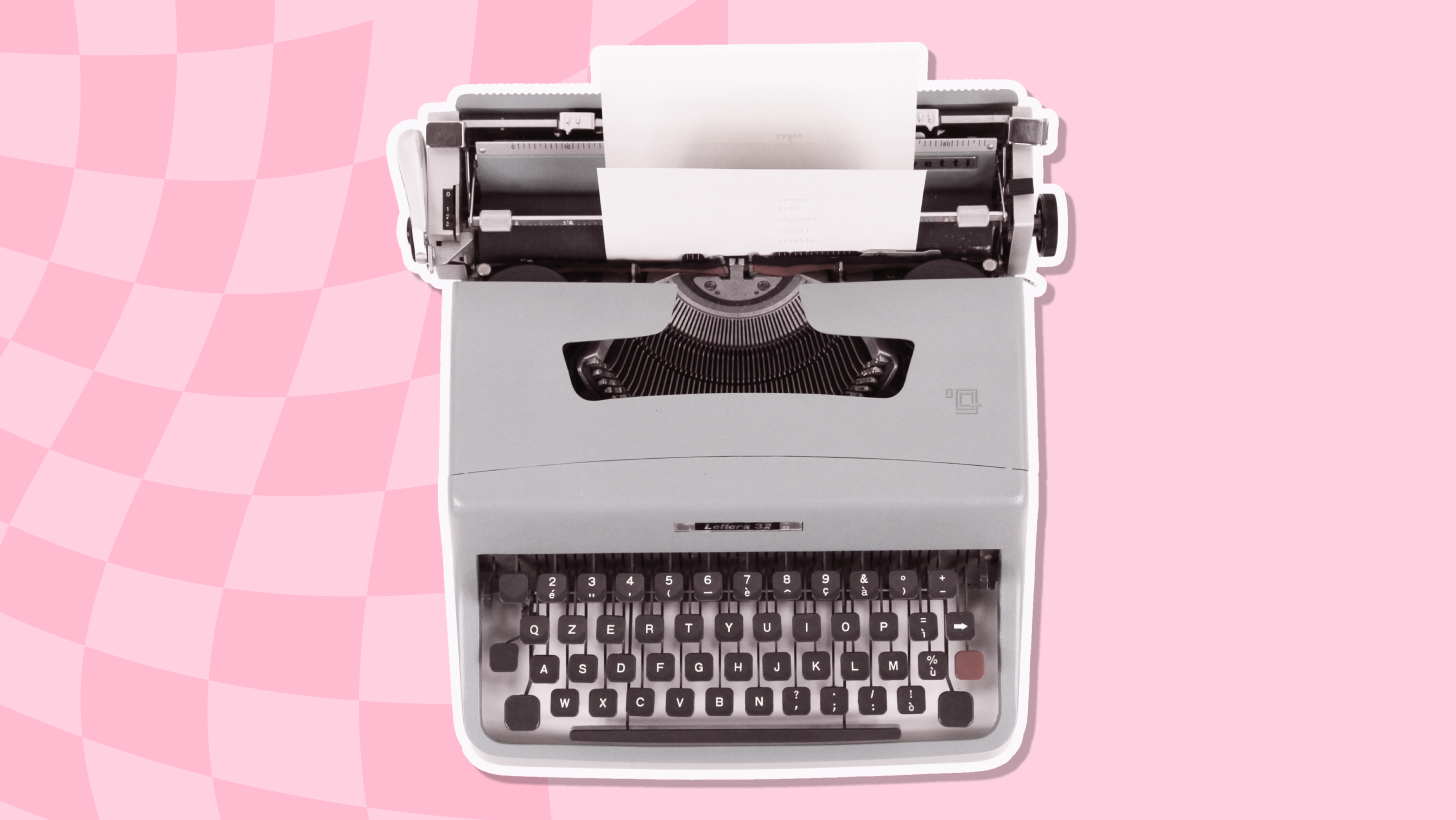What was the telephone with a round dial control called?



Can you tell what this was for? 12 items we no longer use!

Little by little, many of the things we used just a few decades ago have been phased out by newer technologies and changing habits. Your relatives no longer invite you over for a family viewing of holiday photos on a slide projector—they share them in the family WhatsApp group. Hardly anyone calls you on a landline anymore—they call your smartphone instead. Take a look at the following 12 things we no longer use. Do you miss any of them?
Image: Luca Onniboni

Paper road maps
Paper maps—atlases, or topographic maps—are beautiful and there is always room for those as home decorations or teaching geography in schools. But as far as bulky roadmaps on your back pocket go, smartphones with GPS capabilities have made them obsolete.
Image: Sylwia Bartyzel

Bathing machine
Back in the day, modesty was far more strictly enforced than it is today. Forget about simply wearing your beach clothes to the shore—the bathing machine was a device, popular from the 18th century to the early 20th century, that allowed beachgoers to change out of their regular clothes, put on swimwear, and wade into the ocean.
Image: Uta Scholl

Public telephones
Before cell phones existed, coin-operated pay phones were the go-to option for contacting someone or leaving a message. Pay phones were everywhere—on street corners, in malls, restaurants, airports, train stations, and hotels, allowing people to make calls in public places.
Image: Pedram Farjam

Teleseme
In the late 19th and early 20th centuries, luxury hotels featured an electric signaling device in each room, allowing guests to request goods or services from over 100 options. An attendant in the hotel office would receive the request via a corresponding teleseme and ensure the order was fulfilled.
These devices were eventually replaced by private branch exchange (PBX) telephone systems.
Image: Zoshua Colah

Slide projectors
As mentioned earlier, slide projectors were once a common household appliance in many homes and a popular form of entertainment. However, they became obsolete as video projectors became more affordable and accessible.
Image: Nathan Anderson

Phonebooks
Imagine a book containing the home phone numbers of everyone in your city. It once existed and was delivered annually to every household with a landline by the telephone company. These hefty directories became obsolete with the rise of online listings and the death of landlines in favor of cell phones.
Image: Brittany Colette

Typewriters
Imagine not being able to revise what you’re writing without scrapping the whole page. While that situation was a great exercise for your focusing abilities, it was phased out by home computers and word processors, which allowed for infinite rewrites in no time.
Image: Bernard Hermant

Photo Album
Smartphones have made photography more accessible than ever, yet we print fewer photos than before. When photography wasn’t digital, people took their film rolls to be developed, returning with 36 crisp pictures—some of which, if deemed worthy, were carefully placed in photo albums.
Image: Laura Fuhrman

Cassette tape players
If you're over 40, you’ve probably owned a cassette player—whether a Walkman, a boombox, or any other model. Cassettes were sturdy, reliable, and easy to use. However, with the arrival of CDs, which offered superior sound quality and the ability to skip tracks at the press of a button, cassettes and their players quickly faded into obscurity.
Image: Dave Weatherall

Encyclopedias
Before the internet, encyclopedias were the primary source of knowledge. These extensive book collections adorned bookshelves in homes and public libraries, offering detailed descriptions of almost any subject imaginable, all listed in alphabetical order.
Image: James

Fax machines
By today’s standards, sending and receiving faxes wasn’t particularly fast, but at the time, it was a game-changer. The fax machine digitized documents with a scanner and transmitted printed pages over telephone lines. However, it became obsolete with the rise of email, scanners, and smartphones.
Image: alecale35

VHS tapes and VCRs
Being able to see any movie you want at home feels ordinary today, but, in the early 80s, it was a dream come true. And this dream was made possible by VCRs and VHS tapes. These bulky devices were eventually replaced by DVD players, which offered superior image quality and eliminated the need to rewind the tape.
Image: Leonard Reese
 Stories
Stories


 Roadtrip
Roadtrip




